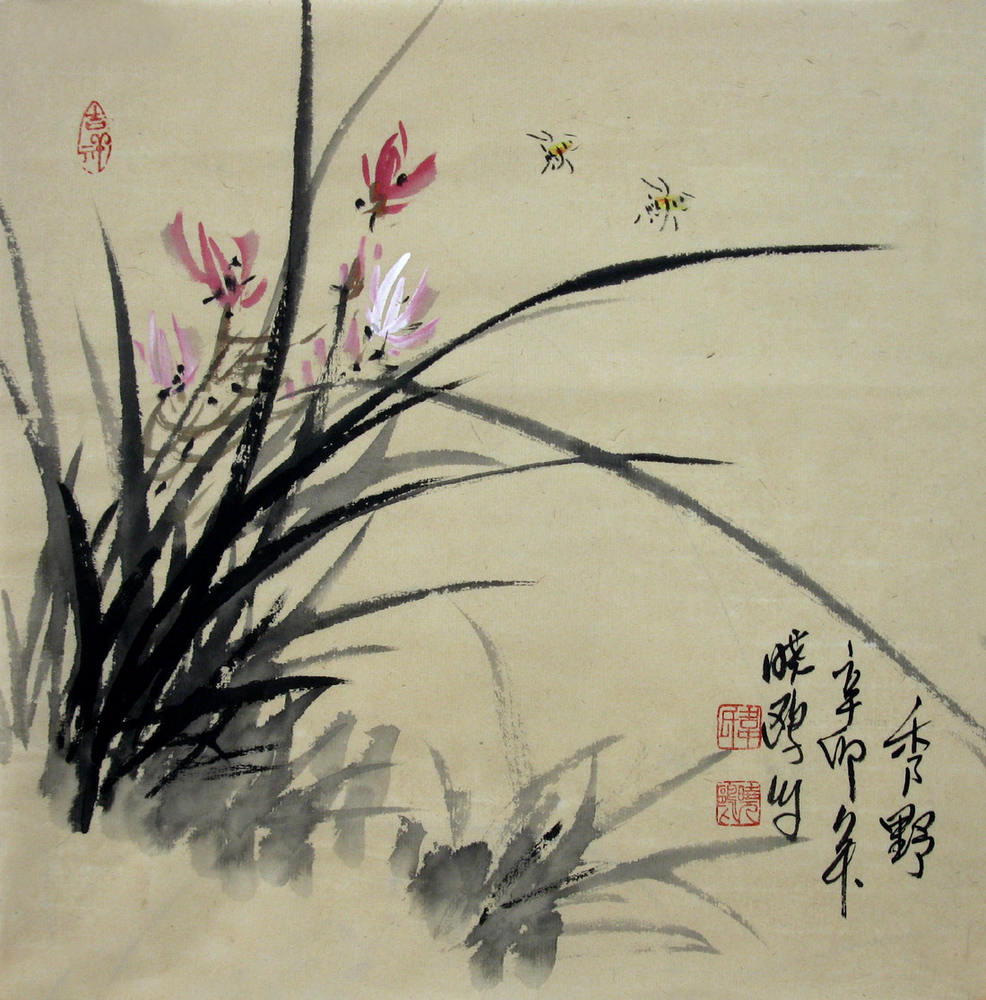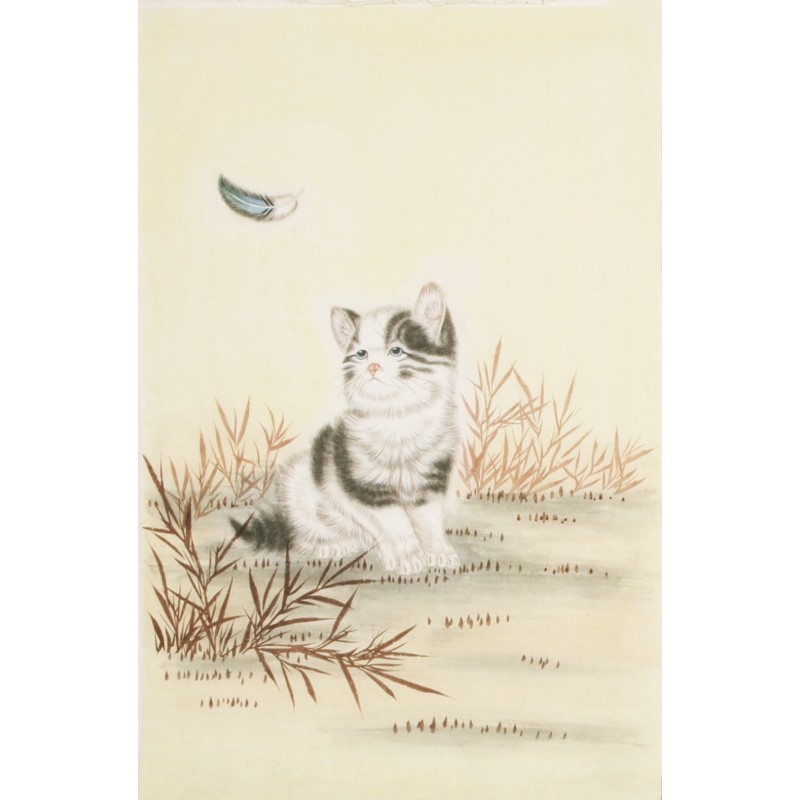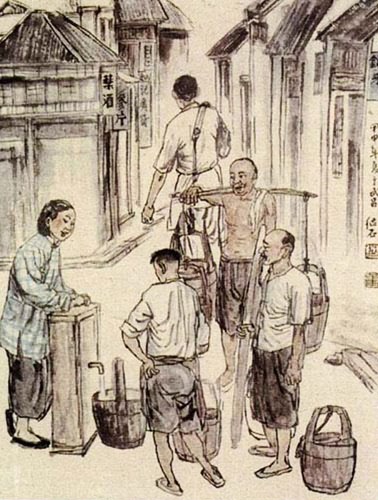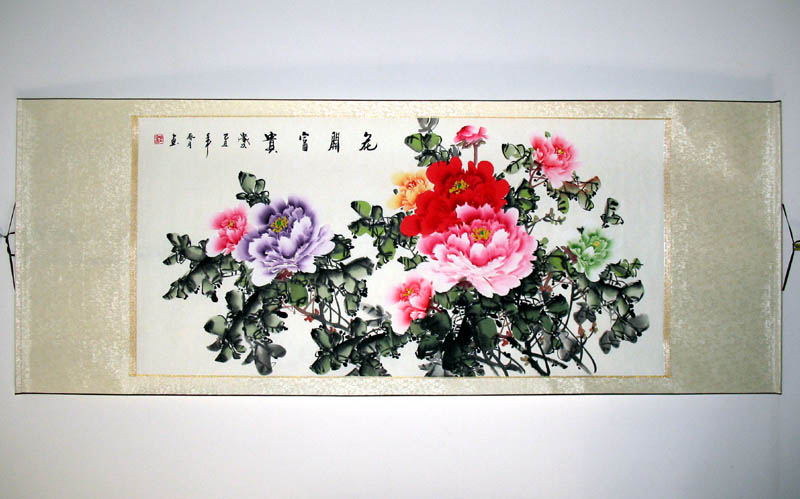Orchid plays a prominent role in Chinese painting. Together with plum blossom, bamboo and chrysanthemum, orchid is admired as one of the four gentlemen (Junzi, 君子) among flowers by the Chinese. There are thousands of Chinese paintings depicting different postures of orchids and even more Chinese poems praising the characters of them. Dynasties changed frequently throughout the Chinese history yet none of them was able to sweep away love and appreciation of orchids shared by the Chinese, especially Chinese artists.
Orchid symbolizes peace, elegance and indifference to fame and fortune in Chinese culture. Confucius compared an orchid to a gentleman (Junzi, 君子) by saying “An orchid grows in the deep valley, quiet and scented; a gentleman cultivates his character for eternity, noble and elevated.” Orchid contains the noblest temperature Chinese people cherish. It carries traditional Chinese philosophy of self-discipline and self-cultivation thus it has a great influence on Chinese literature and art, through which people’s thoughts are expressed.
It is particularly noteworthy that orchid always finds its way into Chinese paintings as a permanent theme. Painting orchid is one of the basic skills in Chinese painting. However, grasp of this basic skill requires understanding of Chinese culture and even mastery of calligraphy as well as hard work. Brief and clear images of a few leaves with one or two flowers constitute a beautiful and peaceful composition of orchid showing Chinese values in a simplest way. What we learn from painting orchid is not only how to do Chinese painting, but also to feel and understand what Chinese painting is expressing.






